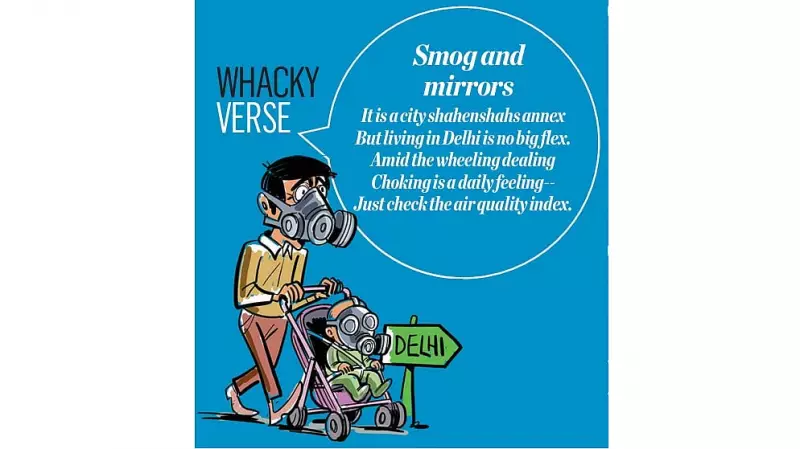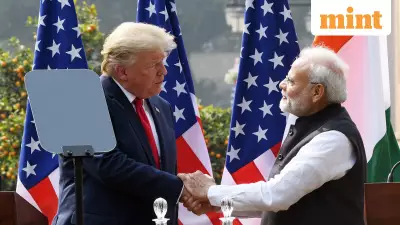
Delhi's ongoing battle with severe air pollution has taken a new turn as the effectiveness of technological solutions like smog towers comes under scrutiny. The capital city, known for its hazardous air quality levels, continues to struggle with implementing lasting solutions to this public health crisis.
The Smog Tower Experiment
Recent evaluations of Delhi's smog towers reveal significant limitations in their ability to combat the city's massive air pollution problem. Installed at major locations including Connaught Place, these large-scale air purifiers were intended to create clean air zones in highly polluted areas. However, experts question whether they provide more than symbolic value given the scale of Delhi's pollution challenge.
The technology behind smog towers involves pulling in polluted air, filtering it through multiple stages, and releasing cleaner air. While theoretically sound, the practical implementation faces numerous challenges. The sheer volume of polluted air in Delhi makes it difficult for these structures to make a measurable impact on overall air quality levels across the city.
Policy Gaps and Implementation Challenges
Beyond technological solutions, Delhi's air pollution crisis exposes deeper policy and governance issues. The complex interplay between state and central government jurisdictions often leads to fragmented approaches to pollution control. Multiple agencies with overlapping responsibilities create coordination problems that hinder effective implementation of clean air measures.
Seasonal factors significantly worsen the situation. The annual stubble burning in neighboring states during winter months contributes substantially to Delhi's pollution peaks. Despite various agreements and action plans, the trans-boundary nature of this problem continues to challenge policymakers. Farmers in Punjab and Haryana continue burning agricultural waste, sending massive plumes of smoke toward the capital region.
Public Health Implications and Future Solutions
The health consequences of Delhi's persistent air pollution are alarming. Medical professionals report increasing cases of respiratory illnesses, including asthma, bronchitis, and other pulmonary conditions. Children and elderly residents face particularly high risks from prolonged exposure to polluted air.
Comprehensive solutions require multi-pronged approaches. Strengthening public transportation infrastructure could reduce vehicular emissions, while promoting cleaner industrial technologies would address another major pollution source. Agricultural reforms that provide farmers with viable alternatives to stubble burning are equally crucial for long-term improvement.
Experts emphasize that technological fixes like smog towers must be part of broader systemic changes. While they may provide localized relief, lasting solutions require addressing root causes through coordinated policy action, public awareness campaigns, and sustainable development practices.





